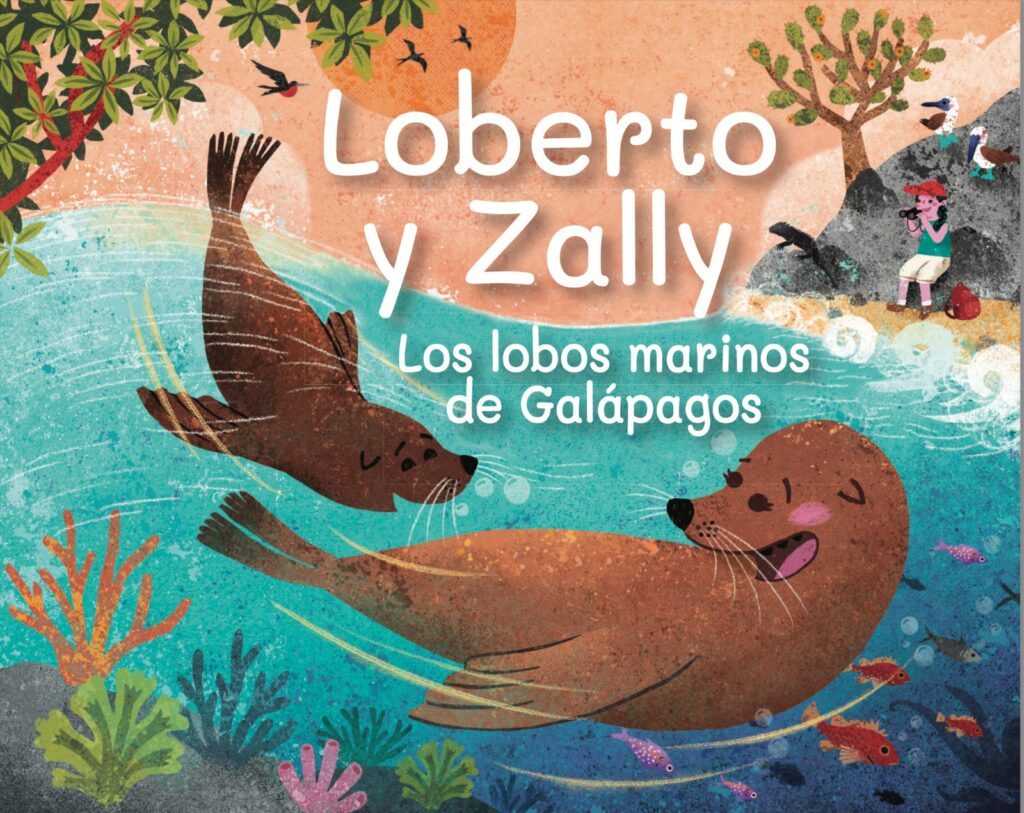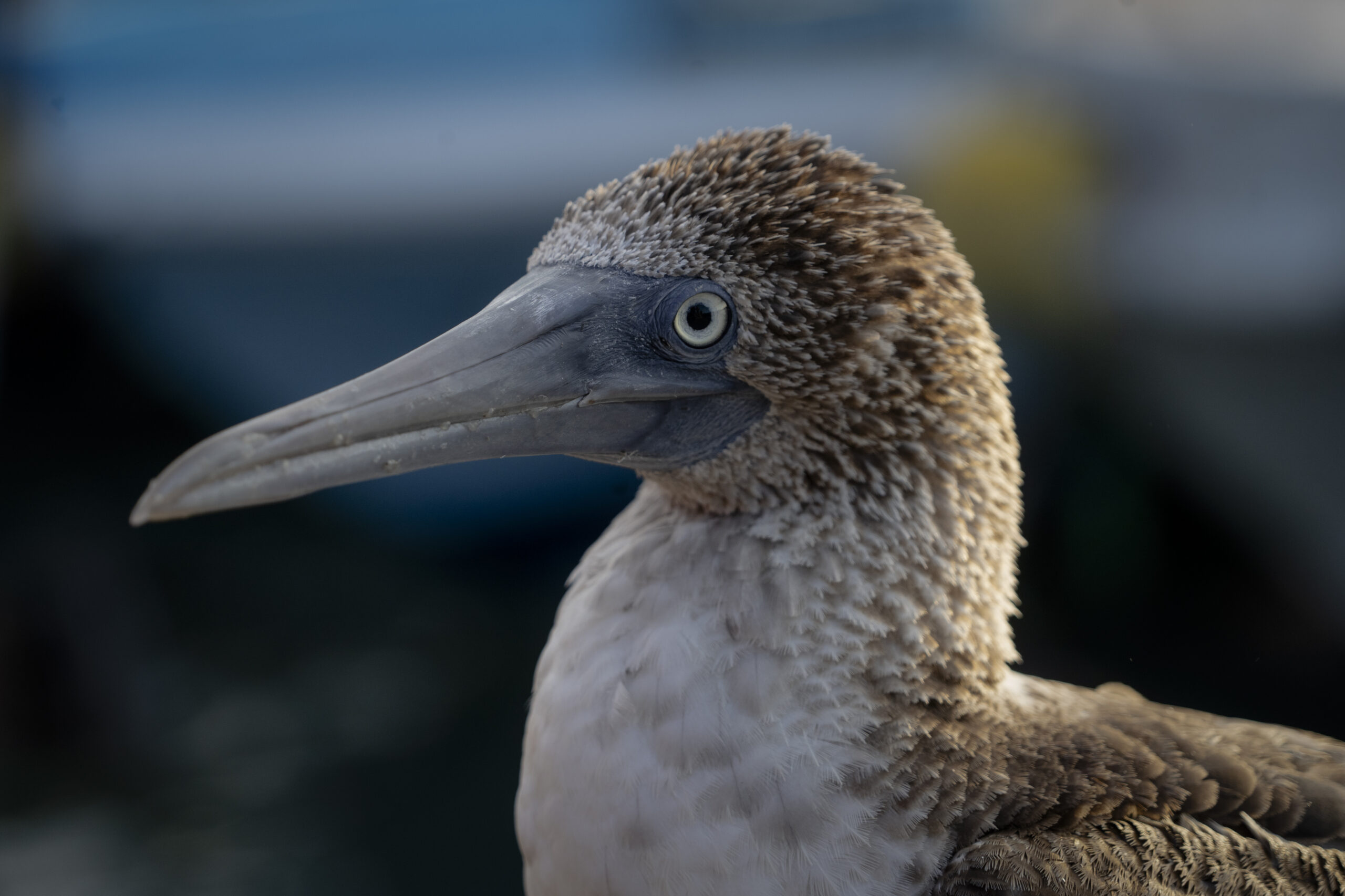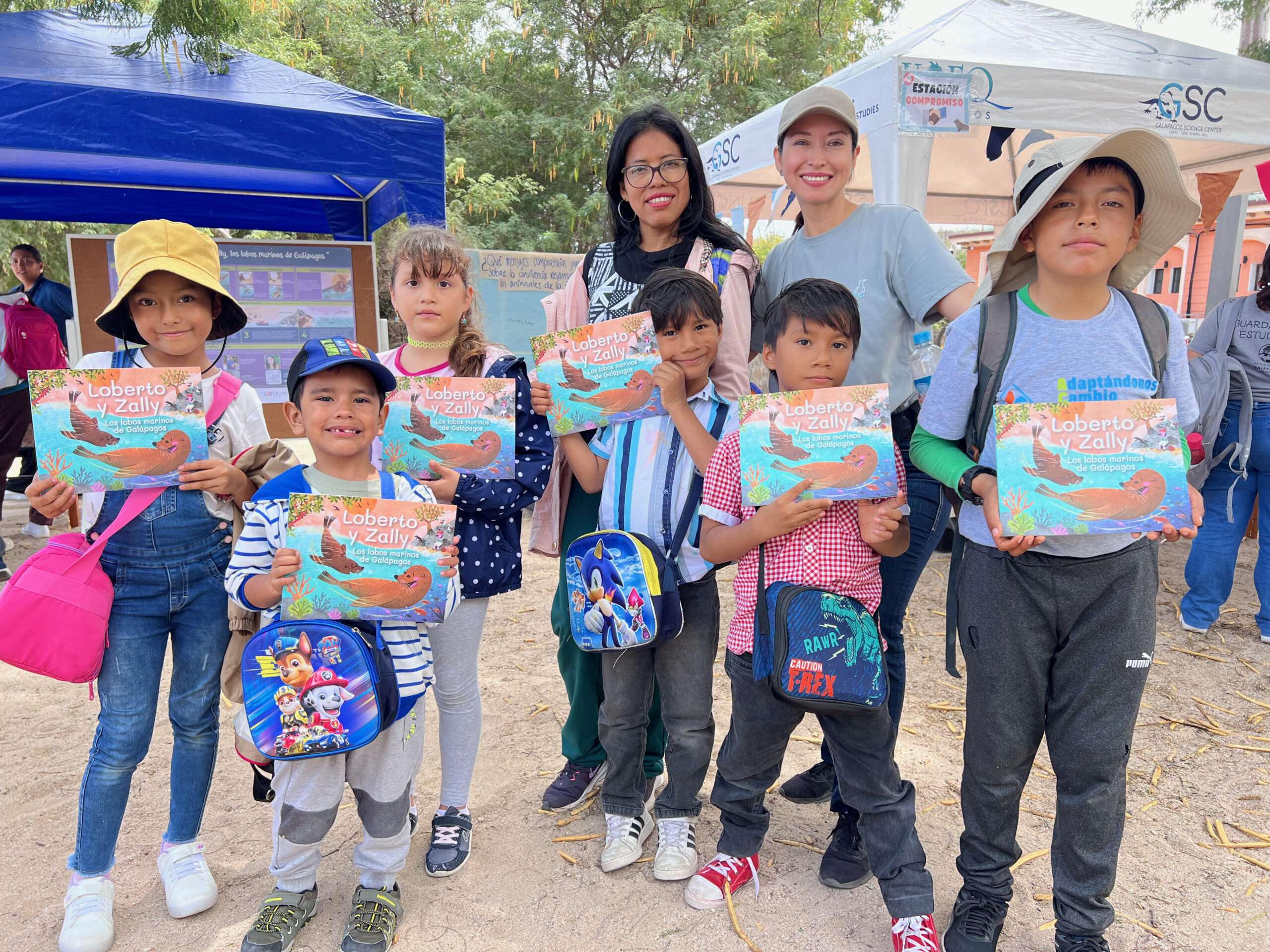This story about the life of Galápagos sea lions was created to help the Galápagos community, especially children, learn more about this iconic species and become aware of the need for its protection. The Galápagos sea lion (Zalophus wollebaeki) is an endemic marine mammal of the archipelago that is endangered due to the effects of natural climate variability and human influence in populations near urban areas.
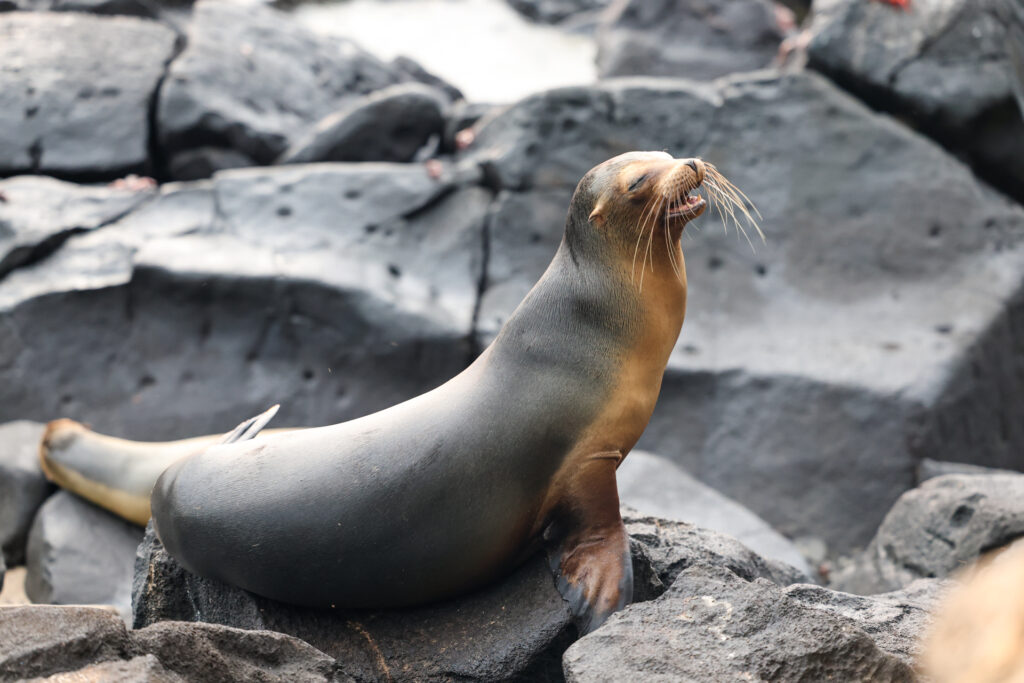
The story “Loberto and Zally, the Galápagos Sea Lions” follows the adventures of two siblings, Loberto, a young male pup, and Zally, a juvenile female, who live in the “El Malecón” colony—the largest in the archipelago—located on the beaches of Puerto Baquerizo Moreno on San Cristóbal Island. Together, they discover and learn about life in Galápagos while facing various challenges for their survival. This story was created to promote environmental awareness, emphasizing the importance of conserving this species and its natural habitat while also encouraging a love for reading.
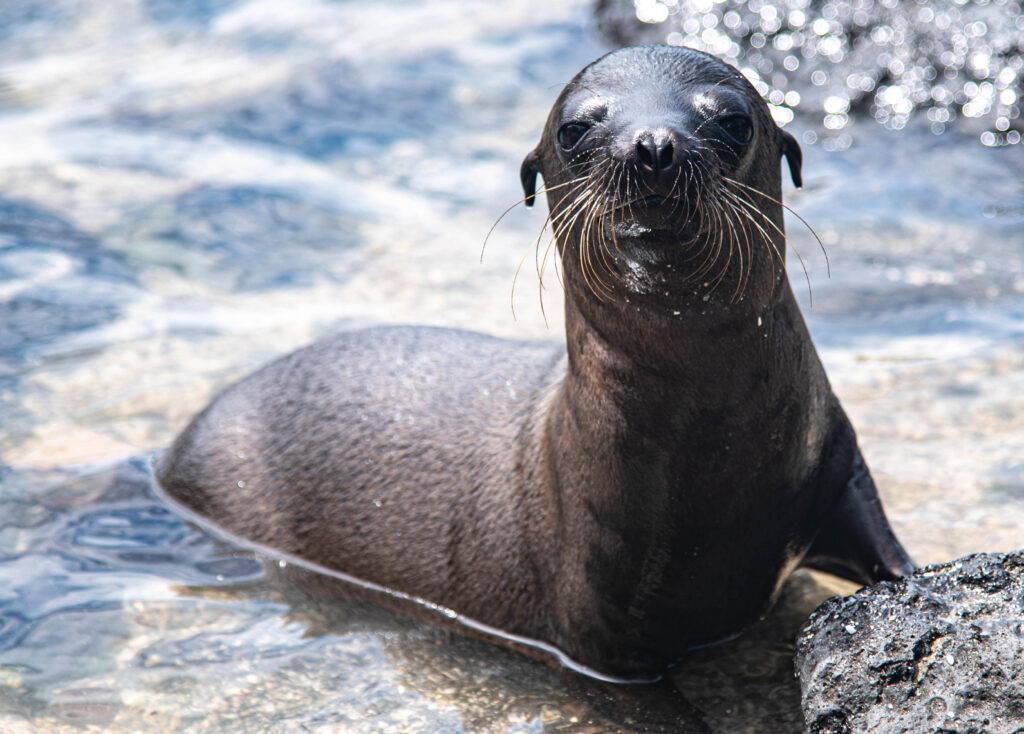
This educational material was developed by professors and researchers from the Universidad San Francisco de Quito (USFQ) and the Galapagos Science Center (GSC), in collaboration with Galapagos Conservancy (GC), and supported by the Libro Andante project. Under the One Health approach, the story aims to invite the local population of the archipelago to reflect on the ongoing threats faced by the Galápagos sea lion and how the community can work together to protect this species and its unique habitat.
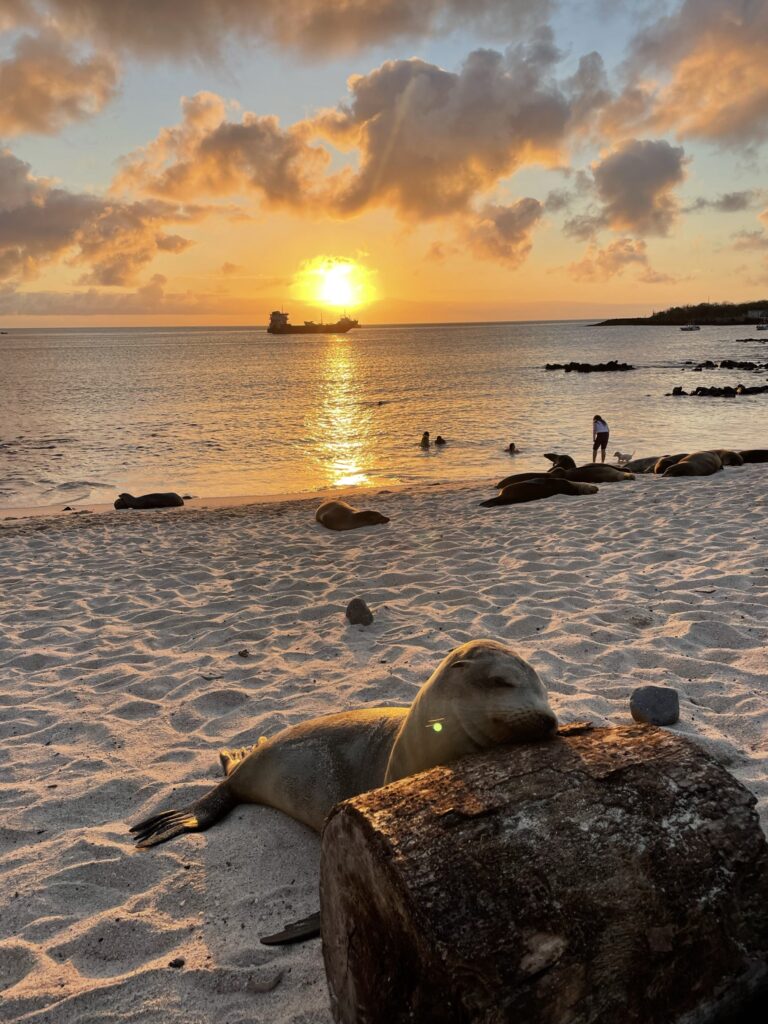
The book was launched on San Cristóbal Island, Galápagos, during a Family Science event organized by the Galápagos Science Center on August 17, 2024. The printed story will reach 200 students in elementary and middle school from all educational institutions on the island. This literary project will enable teachers to carry out activities that align with the Galápagos Contextualized Curriculum areas, while other copies will be used for community outreach activities.
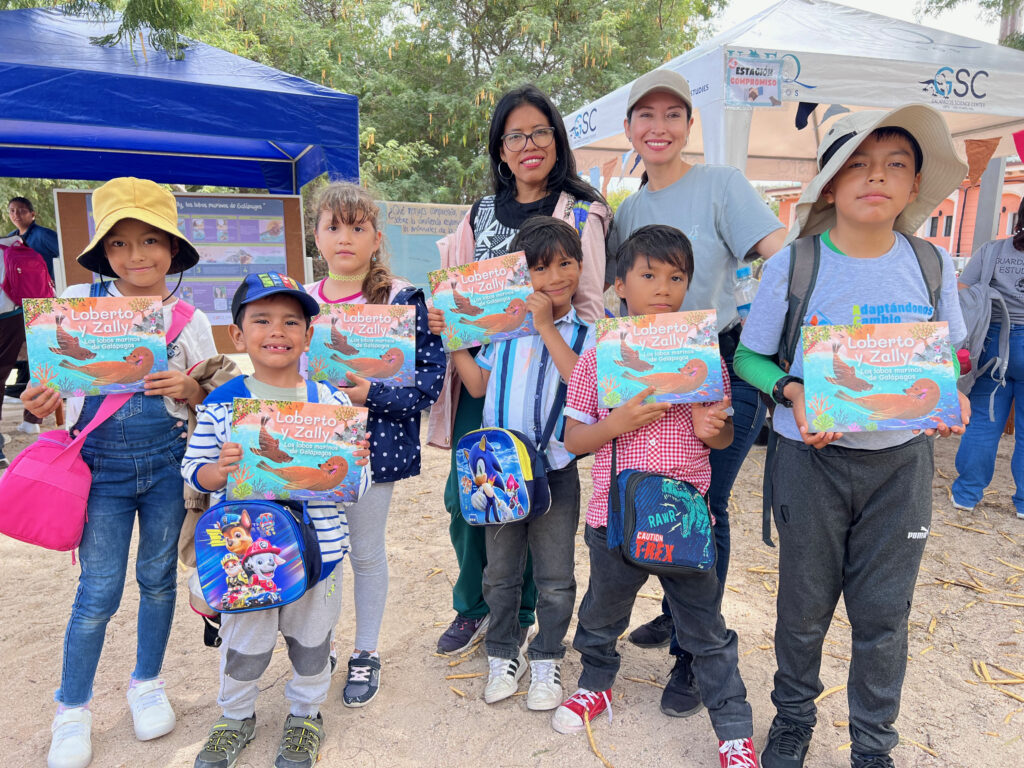
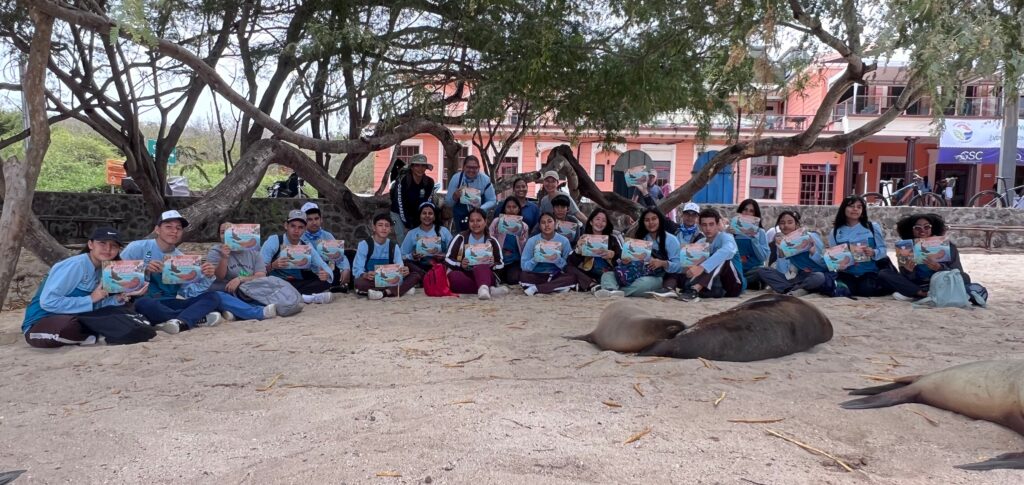
Lean more about further research the Galápagos Science Center is doing to better understand and protect sea lions at:
https://www.paezriofriolab.org/es/programa-de-pinnipedos-de-galapagos/

